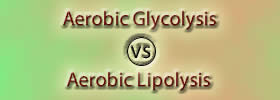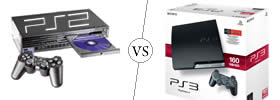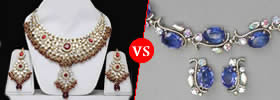Difference between Laminate and Plywood
Key difference: Plywood and laminated wood are two types of common available alternatives to traditional wood. The main difference between the two is the fact that plywood is made from sheets of wood called veneer, whereas laminates can be manufactured from high-density fiber, melamine resin or wood particles. In case of laminated wood, the wood veneers are pasted parallel to each other, as opposed to the right angles in plywood.
 Plywood and laminated wood are two types of common available alternatives to traditional wood. The main difference between the two is the fact that plywood is made from sheets of wood called veneer, whereas laminates can be manufactured from high-density fiber, melamine resin or wood particles. In case of laminated wood, the wood veneers are pasted parallel to each other, as opposed to the right angles in plywood.
Plywood and laminated wood are two types of common available alternatives to traditional wood. The main difference between the two is the fact that plywood is made from sheets of wood called veneer, whereas laminates can be manufactured from high-density fiber, melamine resin or wood particles. In case of laminated wood, the wood veneers are pasted parallel to each other, as opposed to the right angles in plywood.
Laminates are a multi-layer synthetic flooring product. It is created high-density fiber, melamine resin or wood particles. On top, the laminate has a photographic applique layer, which is in turn covered with a clear protective layer. The photographic applique layer is usually imprinted with various images that aim to imitate the appearance of real wood.
Laminates are fairly new in the market, especially as compared to traditional wood. However, laminates have been steadily replacing wood, particularly in flooring. This is mainly because laminates provide the look of traditional wood for a fraction of the cost.
In addition to being cheaper, laminates are scratch-resistant, durable and easier to clean than traditional wood. It is easier to maintain, as the clear protective layer is resistant to pretty much everything except long exposure to water. This makes is longer lasting and well suited to be used in homes with kids and pets.
However, long time exposure to water or moisture may result in the laminate warping or ballooning. Laminates also tend to be thinner in size than wood. Moreover, the look of the laminate is set by the manufacturer, as opposed to wood that can be sanded and re-stained in any color of the stain available. Nonetheless, as the laminate is basically an image printed on it, the choice is pretty much limitless, and some manufacture may be willing to take custom orders. Still, laminates lack the visual warmth of wood.
Laminates also have a relatively shorter life-span as compared to traditional wood. The average life-span of laminate is between 10 to 20 years. It usually has a manufacturer warranty of 10 years. It is also very hard to repair laminates, if it is damaged in any way or has run its course, the entire thing will have to be replaced.
Another advantage to laminates is that they are environmentally friendly as they use less wood to be manufactured, if any at all.
 Plywood is also a type of manufactured wood panel. It is made by gluing together plywood layers, also called veneers. These veneers are glued together with adjacent plies having their wood grain at right angles to each other. This allows them to form a composite material. Cross-graining, i.e. having the wood grain at right angles to each other, reduces the tendency of wood to split, as well as reduces expansion and shrinkage. It also makes the strength of the panel consistent across both directions.
Plywood is also a type of manufactured wood panel. It is made by gluing together plywood layers, also called veneers. These veneers are glued together with adjacent plies having their wood grain at right angles to each other. This allows them to form a composite material. Cross-graining, i.e. having the wood grain at right angles to each other, reduces the tendency of wood to split, as well as reduces expansion and shrinkage. It also makes the strength of the panel consistent across both directions.
Plywood has various advantages over traditionally wood. It is flexible, inexpensive, workable and re-usable. Furthermore, it can usually be manufactured locally. Plywood is also resistant to cracking, shrinkage, splitting, twisting and/or warping. It also has a high degree of strength. All these attribute combine to make plywood one of the most widely used wood products.
Plywood is further divided into:
- Softwood plywood - Is usually made either of cedar, Douglas fir or spruce, pine, fir or redwood and is typically used for construction and industrial purposes.
- Hardwood plywood – Made from hardwood, often from birch and used for demanding end uses. Birch plywood has excellent strength, stiffness and resistance.
- Tropical plywood - Made from mixed species of tropical wood.
- Special-purpose plywood
- Aircraft plywood
- Decorative plywood (overlaid plywood)
- Flexible plywood
- Marine plywood
- fire-retardant plywood
- moisture-resistant plywood
- sign-grade plywood
- pressure-treated plywood
Image Courtesy: made-in-china.com, unitedplywood.in









Add new comment